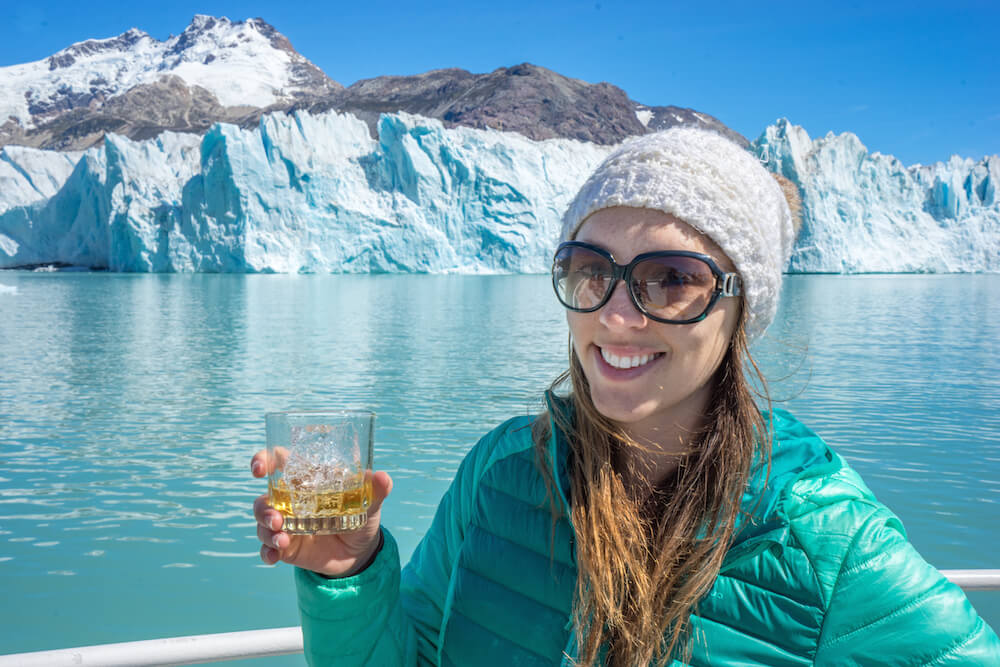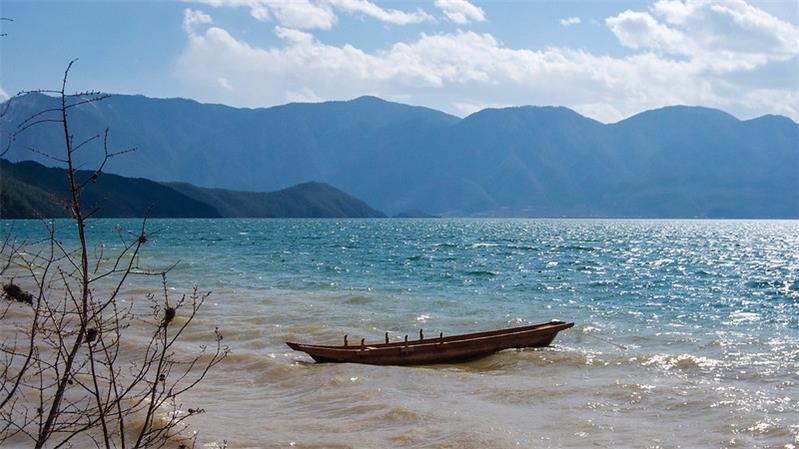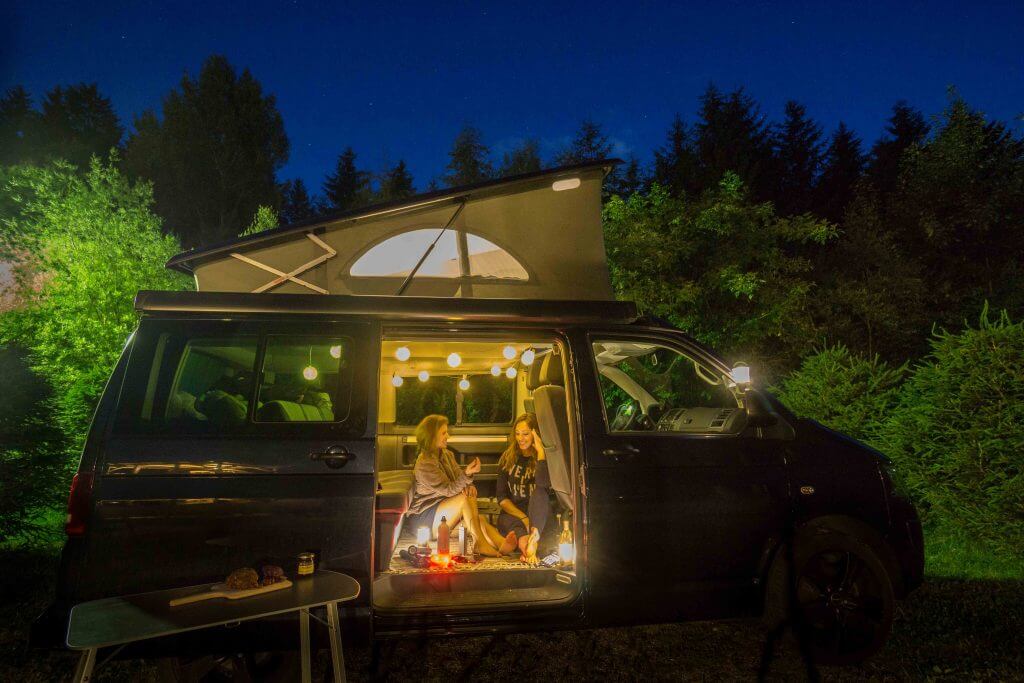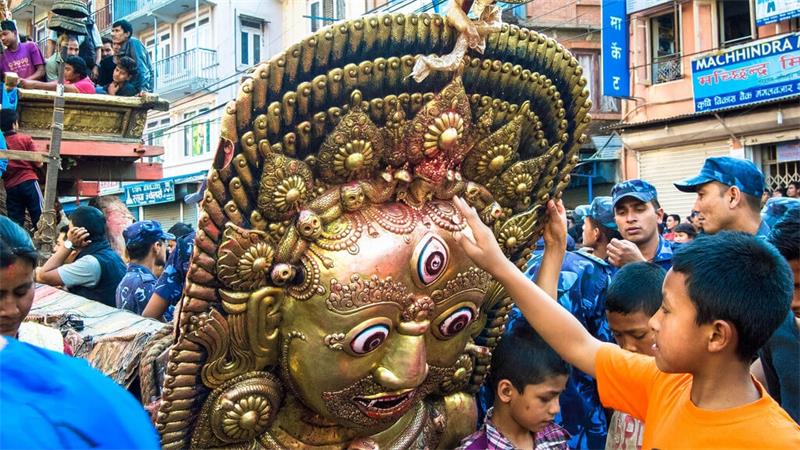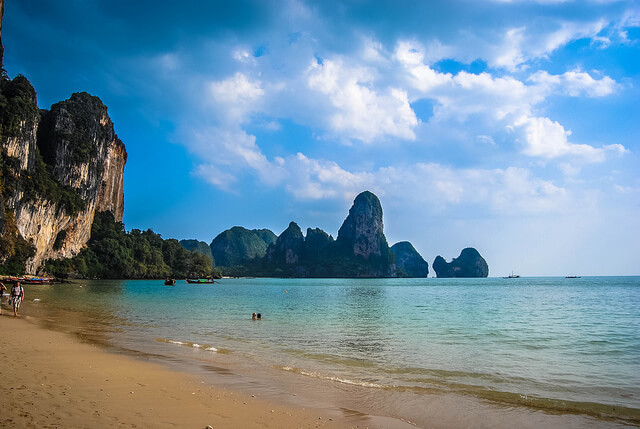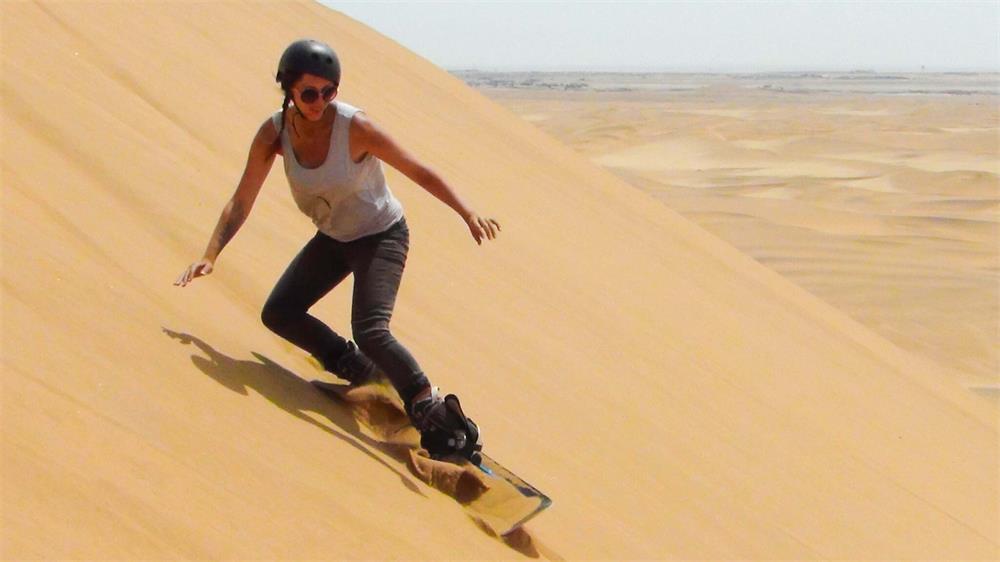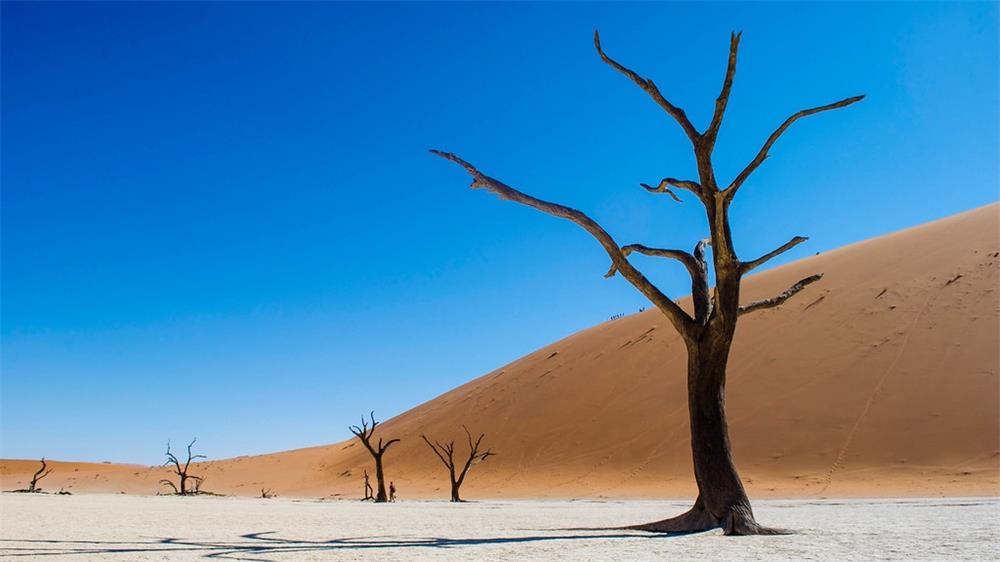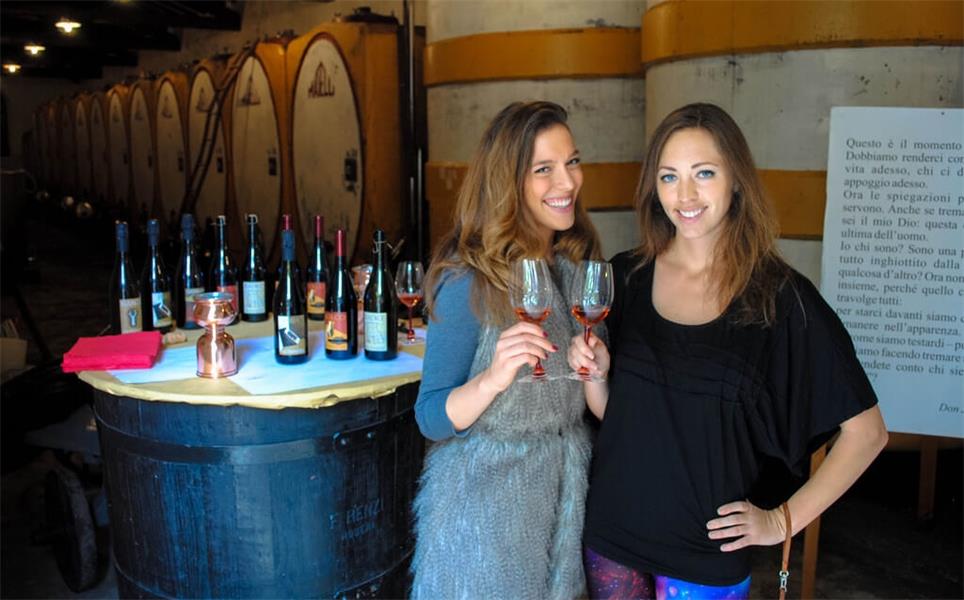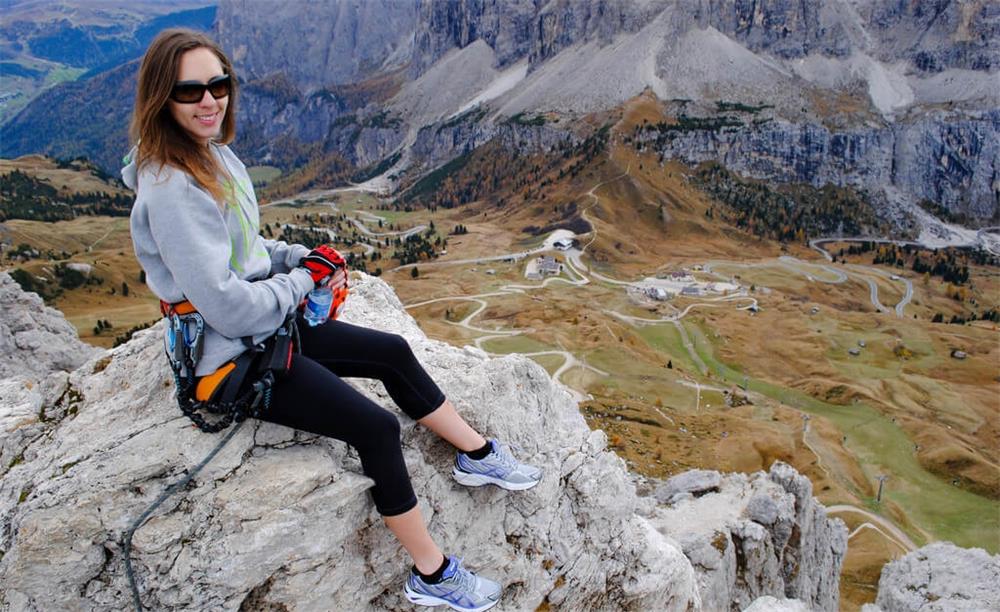
A friend from Bologna suggested I try a via Ferrata while I was in South Tyrol, Italy. He said it was the best thing to do there, so I agreed, without knowing what it was.
I seem to have a knack for unintentional rock climbing. This was not the first time.
I went to South Tyrol because of the recommendations of some friends who share my taste in travel. They were right about how amazing it was.
The first reason: the stunning scenery.

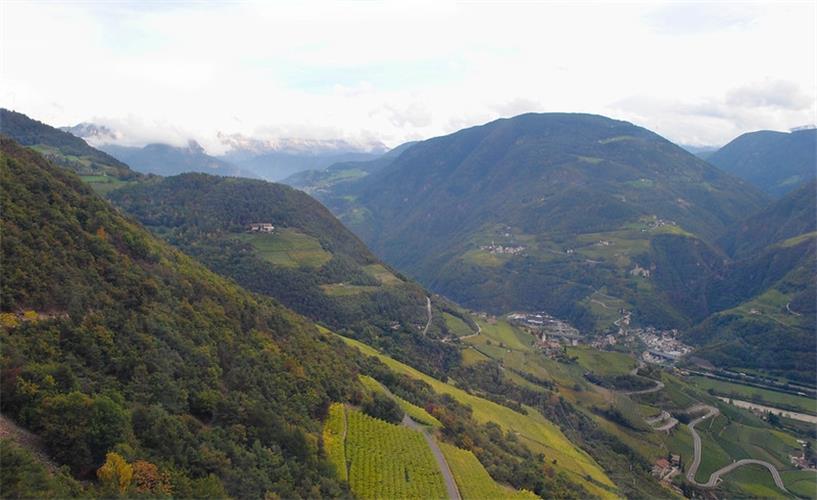
What impressed me was the fall foliage. I couldn’t recall the last time I witnessed the leaves change – honestly! So it was a joy to be there in the harvest season and admire such magnificent colors of the landscape.
I arrived in mid-October, which I reckon was the perfect time to experience South Tyrol, as it was calm without tourists like in summer or winter for hiking and skiing, respectively.
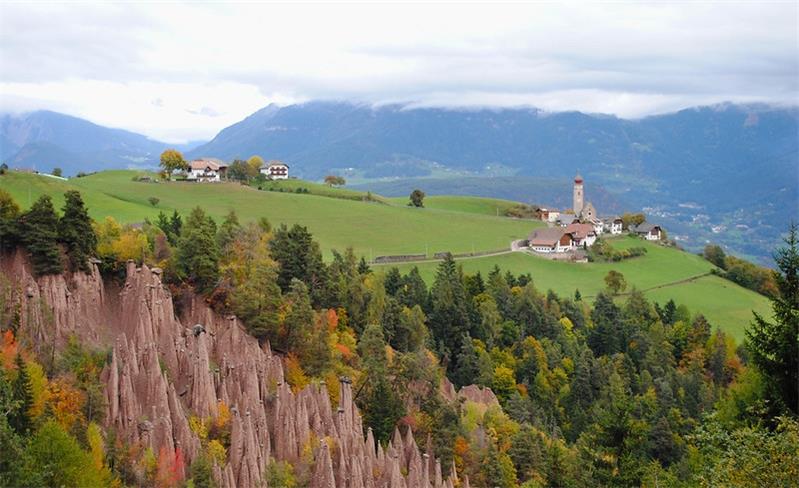

This is Italy’s Alpine region – which might surprise many travelers who visit the area and have a different image of Italy.
They might expect famous landmarks, churches, beaches or delicious Italian food, but do they expect Alpine villages, German and Ladin languages* spoken around them and eating sausages in Italy? I know I didn’t before I went there.
*Let me tell you about Ladin, it is a language that is kept alive in this region by parents who teach it to their children. The dialect varies from valley to valley and some dialects of Ladin are spoken by as few as 1000 people. At school, the children learn German, Italian and also English.
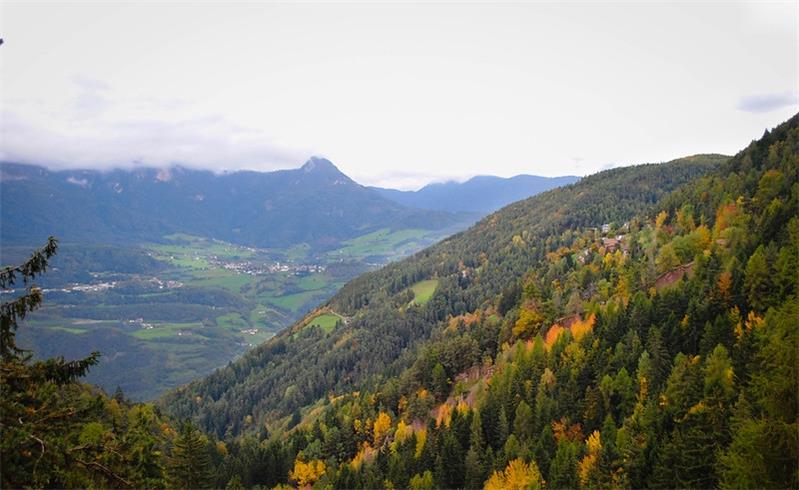
Most people who come to South Tyrol are drawn by the Dolomites, a rock formation that has earned the UNESCO World Heritage Site status.
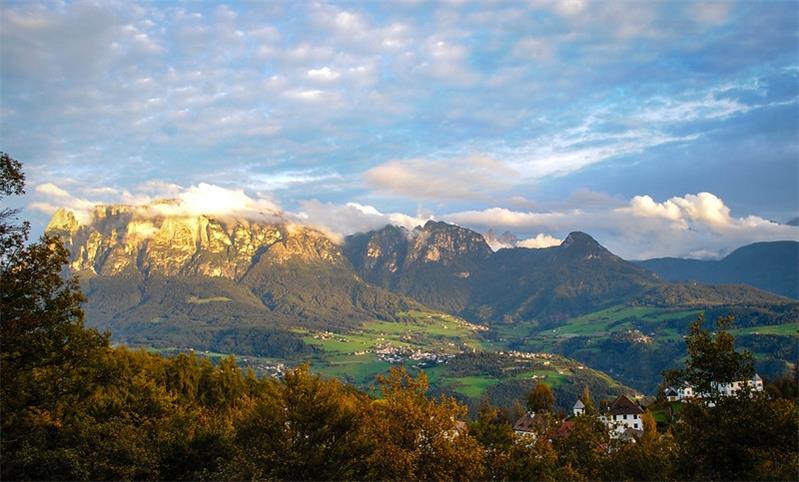
I have seen many UNESCO sites in my travels, and I usually don’t enjoy them because they are too crowded with tourists who spoil the place for me. But coming during a shoulder season made a difference. There were not many people around them, and it was the same for climbing them.

One of the highlights of visiting the region was seeing and climbing the Dolomites, which is also famous for its wine, apples and Thanksgiving feast (more on that later).
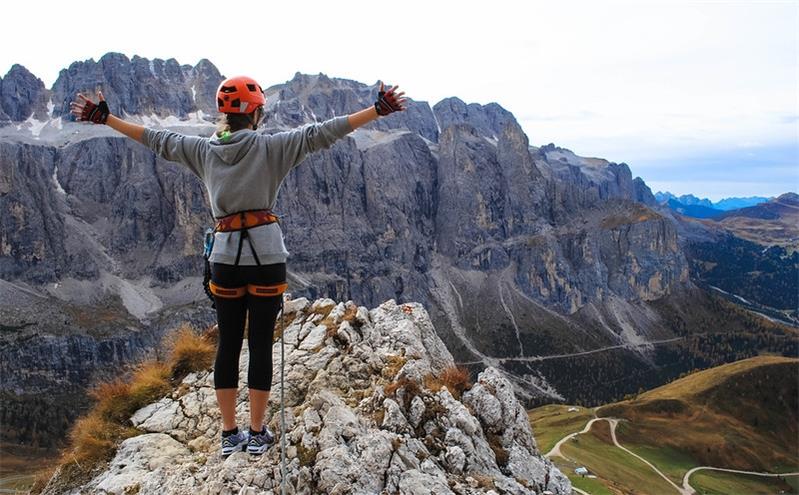
I learned that via Ferrata is a fixed route climb with cables and ladders.
I hooked myself in to climb and rappel often, and even though my running shoes were not ideal for this kind of climb (but I’m used to wearing running shoes in situations where they don’t help, like the time I climbed in the snow in Nepal for two weeks with a pair that had a hole), I was eager to try it.
I was also typically unprepared for the weather, and my awesome guide lent me a jacket and sweater from his own wardrobe – Italian hospitality.
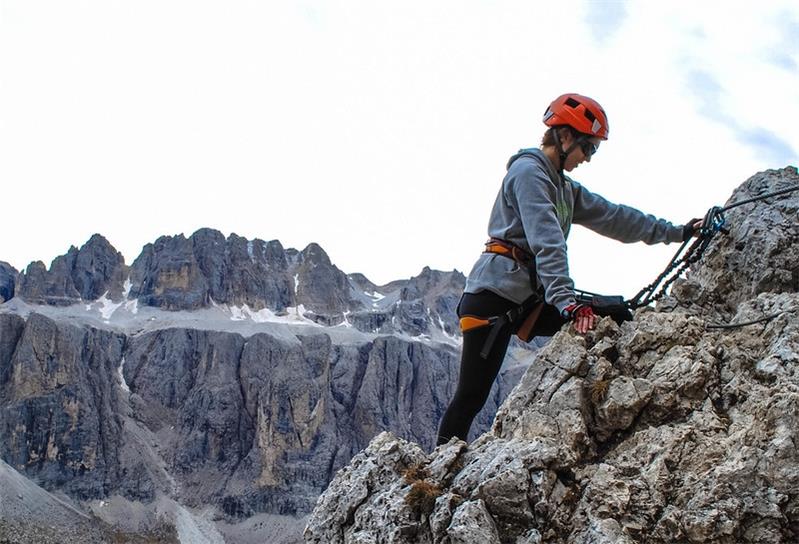
As we drove along curvy mountain roads from Ortisei – a small town in South Tyrol, to the beginning of the hike, my guide, Gregor, eagerly told me about the climbs he had done in the 70s with friends in California. This was what we had in common.
He switched on the radio so I could listen to the changing sound of Ladin as we moved from valley to valley. I still think the language gives a cool glimpse into the local culture in the way things are expressed and the fact that this language has been so well preserved is a sign of the truly unique culture here.
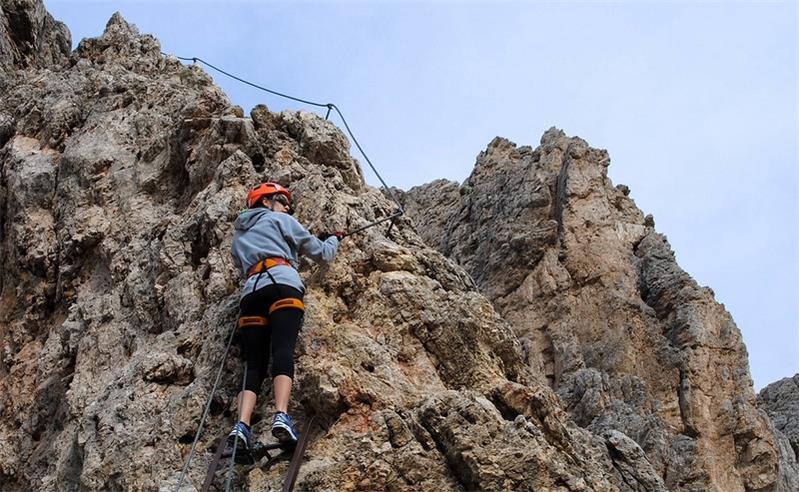
Gregory is awesome. He’s a combination of a tour guide, a certified rock and ice climbing expert, and a professional photographer. He took some amazing photos of me climbing throughout the day, which I appreciate because I’m bad at asking people to take my picture for me.

The climb was really fun and not too hard. It probably depends on your fitness, experience and maybe the quality of the shoes, but it seems like there are always more via Ferratas to try.
Gregor said he’s only done three this year and found and named several (cutely, after his kids) over the past decade.
Whatever you do, I guess the view will always be amazing.
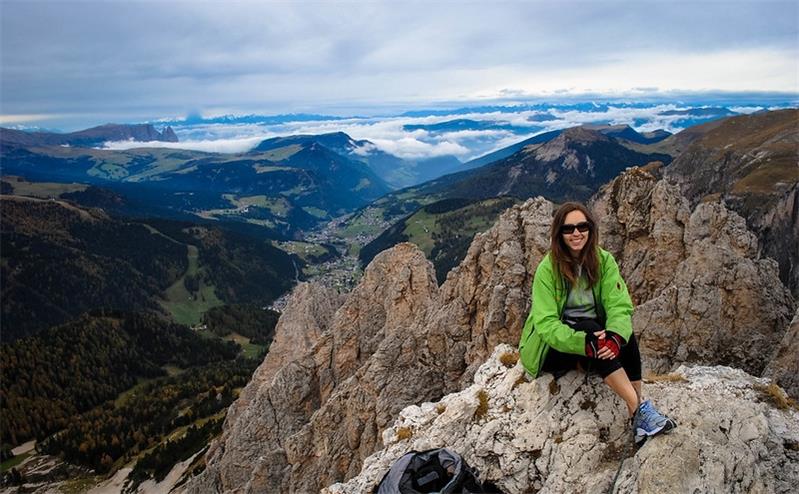
If you’re fortunate, even if you’re doing this hike solo like me, you’ll get a great photographer who also acts as your guide.
South Tyrol amazed me with its beauty, fascinating culture and friendly people. I would love to return one day.
Do you also enjoy climbing and hiking? What are your favorite places?
Do it yourself:
- Getting there: Take a train to Bolzano from any main station. It is usually better to book tickets ahead of time through Trenitalia. Don’t forget to validate the ticket or have a printout, depending on what you’re buying
- Getting around: One of the best ways to explore the valleys is by car, but you can also use the bus (which also lets you access the Bolzano cable car) which costs €10 for a day ticket.
- Take the Cable Car: If you want to see the pyramids from the ground, which need another short mini-train ride, then a relaxed walk along the boardwalk pictured in this article
- Via Ferrata: I highly recommend my guide, Gregor. The cool thing about this business is that the guides are independent contractors who grew up in the area and love what they do for a living, so any guide is probably good enough. Prices start at €45 per person to join a group and over €200 for a private guide, which I had
- Stay: In Bolzano, I stayed at Hotel Greif, which had the most amazing breakfast buffet ever, amen (including cheesecake and wine), and in Ortisei, I stayed at Hotel Adler with some of the best service, the nicest rooms and the coolest pool ever. They even opened breakfast 15 minutes early for me!
Disclaimer: This message is a collaboration with the South Tyrol Tourist Board. All opinions, including being happy to accidentally climb again, are my own.

